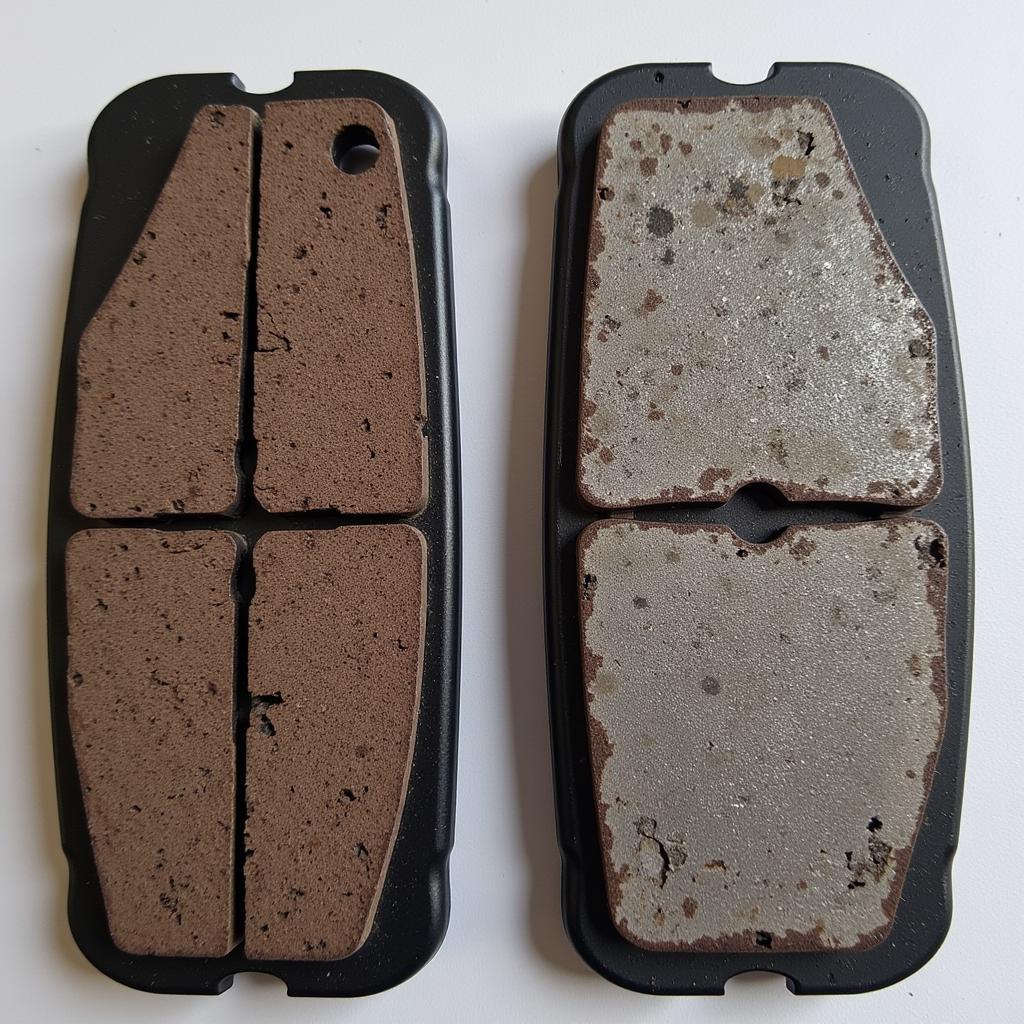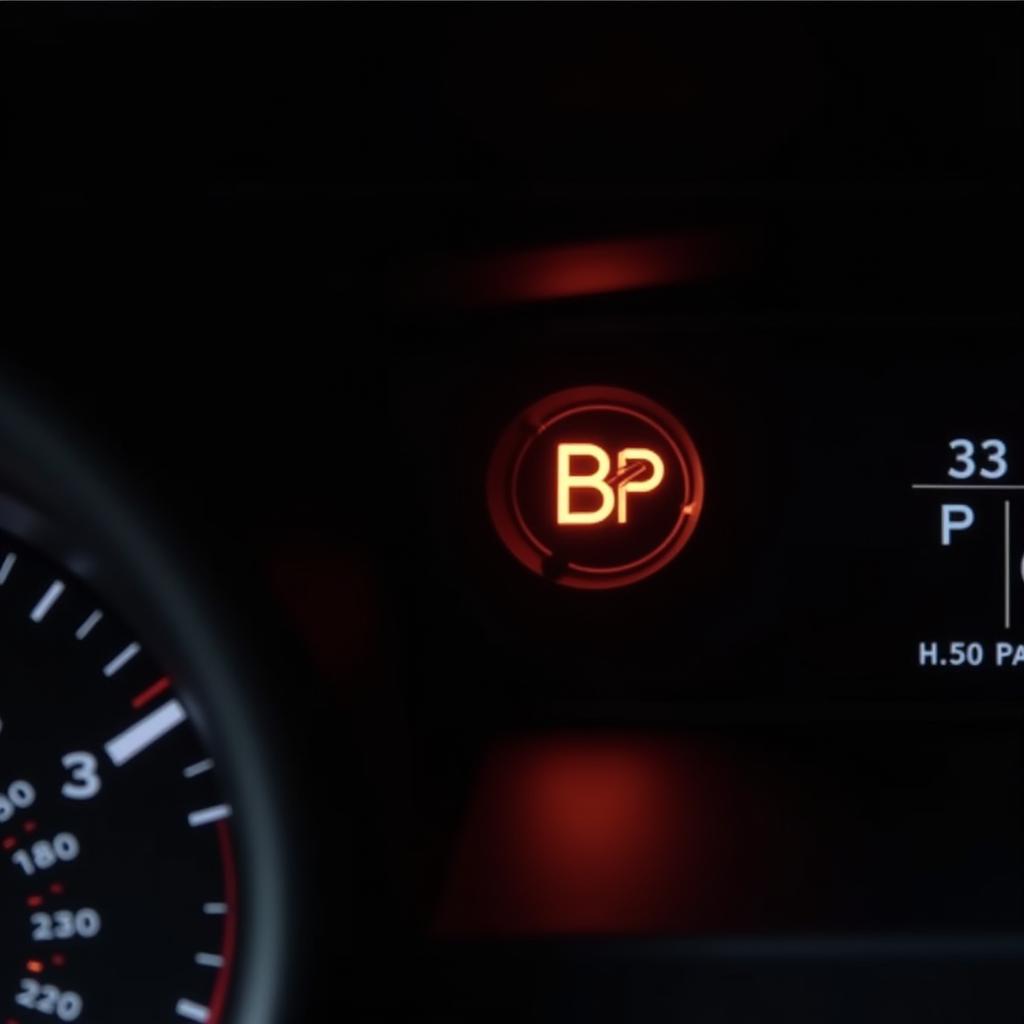The brake warning light on your dashboard is a critical safety feature, and when it illuminates in your 2010 Subaru Outback, it’s crucial to address the issue promptly. This warning light is designed to alert you to potential problems within your braking system, ranging from a simple parking brake engagement to more serious issues like low brake fluid or worn brake pads. Ignoring this warning could lead to reduced braking performance and potentially dangerous driving situations.
This comprehensive guide will delve into the common causes of a 2010 Subaru Outback brake warning light and provide you with the knowledge to diagnose and potentially resolve the issue. Remember, while this guide offers helpful information, consulting a qualified mechanic is always recommended for a thorough inspection and professional repair.
Understanding Your Subaru Outback’s Brake Warning System
Before we dive into the potential problems, it’s essential to understand how your Subaru Outback’s brake warning system operates. This system is designed with multiple layers of redundancy to ensure driver safety:
- Parking Brake Engaged: The most common reason for the light is simply that you’ve left your parking brake partially engaged. Always double-check your parking brake before driving.
- Low Brake Fluid Level: Your brake system relies on hydraulic pressure to function correctly. If the brake fluid level drops too low, it can indicate a leak or worn brake pads, significantly compromising braking power.
- Worn Brake Pads: Brake pads have wear indicators that make a high-pitched squealing sound when they are getting thin. If you ignore this sound and continue to drive, the brake warning light may illuminate, indicating the need for immediate brake pad replacement.
- Faulty Brake Light Switch: In some cases, a malfunctioning brake light switch can cause the brake warning light to come on, even if the braking system itself is functioning correctly.
Common Causes and Troubleshooting Tips
1. Parking Brake Engaged
Solution: Begin by ensuring your parking brake is fully released. Often, the slightest engagement can trigger the warning light.
2. Low Brake Fluid
Diagnosis:
- Check the brake fluid reservoir. The reservoir is typically located near the firewall on the driver’s side of the engine compartment.
- Inspect the fluid level. The reservoir will have “MIN” and “MAX” markings. Ensure the fluid level is within this range.
Solution:
- Add brake fluid (if necessary). If the fluid level is low, carefully add the correct type of DOT 3 or DOT 4 brake fluid as specified in your owner’s manual.
- Inspect for leaks. A low brake fluid level often indicates a leak. Carefully examine the brake lines, hoses, and calipers for any signs of fluid leakage.
3. Worn Brake Pads
Diagnosis:
- Listen for unusual noises. Worn brake pads will often produce a high-pitched squealing or grinding sound when the brakes are applied.
- Visually inspect the brake pads. If you’re comfortable with basic car maintenance, you can visually inspect the brake pads through the wheel spokes. Look for thin pads or metal-on-metal contact.
Solution:
- Replace the brake pads. Worn brake pads require immediate replacement by a qualified mechanic.
 Worn Brake Pads vs. New Brake Pads
Worn Brake Pads vs. New Brake Pads
4. Faulty Brake Light Switch
Diagnosis:
- Check your brake lights. Have someone observe your brake lights as you depress the brake pedal. If the lights don’t illuminate, a faulty brake light switch is a likely culprit.
Solution:
- Replace the brake light switch. A faulty brake light switch should be replaced by a qualified mechanic.
When to Consult a Mechanic
While this guide provides a starting point for troubleshooting, it’s crucial to remember that modern braking systems are complex. If you encounter any of the following situations, seek professional help immediately:
- You’re uncomfortable with DIY car maintenance.
- You’ve added brake fluid, but the warning light persists.
- You notice fluid leaking from the brake system.
- Your brake pedal feels spongy or goes all the way to the floor.
- You hear grinding metal-on-metal sounds when braking.
“Ignoring your brake warning light is like ignoring a flashing ‘check engine’ light in an airplane,” says master mechanic Jake Peterson. “It’s always best to err on the side of caution when it comes to your brakes.”
Conclusion
Addressing a brake warning light in your 2010 Subaru Outback is not something to take lightly. By understanding the common causes and potential solutions, you can make informed decisions about your vehicle’s maintenance and ensure your safety on the road. Remember, if you’re ever in doubt, consulting a qualified mechanic is always the safest course of action.

